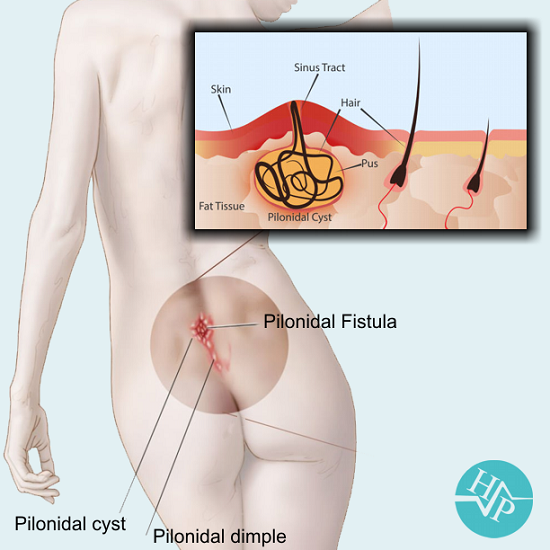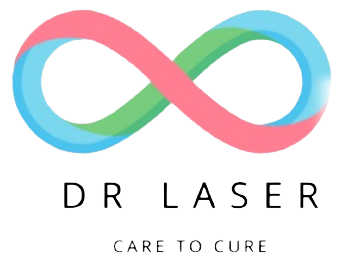
Introduction:
At Pilesfreedome.com, we are dedicated to providing you with comprehensive information on various rectal and anal health conditions, including pilonidal sinus. This article aims to shed light on pilonidal sinus, its causes, symptoms, and the available treatment options.
What is Pilonidal Sinus?
A pilonidal sinus is a small tunnel or cyst that develops in the crease between the buttocks, just above the tailbone. This condition is more common in young adults and is often associated with specific risk factors.
Causes of Pilonidal Sinus:
The exact cause of pilonidal sinus isn't always clear, but several factors contribute to its development:
Hair Follicles: Hair trapped in the buttock crease can penetrate the skin, leading to infection and the formation of a sinus.
Friction: Prolonged sitting or friction in the buttock area can increase the risk of irritation and hair penetration.
Obesity: Excess body weight can increase the likelihood of pilonidal sinus formation due to increased skin folds and friction.
Family History: A family history of pilonidal sinus may increase the risk of developing the condition.
Symptoms of Pilonidal Sinus:
Pilonidal sinuses may remain asymptomatic or cause a range of symptoms, including:
Treatment Options for Pilonidal Sinus:
Effective treatment depends on the severity of the condition and whether an infection is present. Treatment options include:
Conservative Management:
Antibiotics:
Incision and Drainage:
Surgical Excision:
Prevention and Self-Care:
To reduce the risk of pilonidal sinus, consider the following preventive measures:
Conclusion:
Pilonidal sinus can be a painful and bothersome condition, but with proper care and timely treatment, it can be effectively managed or prevented. At Pilesfreedome.com, we're committed to providing you with valuable information on pilonidal sinus and various rectal and anal health conditions.
If you suspect you have pilonidal sinus or are experiencing symptoms, consult with a healthcare provider for an accurate diagnosis and appropriate treatment. Your health and well-being are our priorities, and we're here to support you on your journey to recovery and optimal health.
Remember, early intervention and proactive self-care can make a significant difference in managing and preventing pilonidal sinus.


